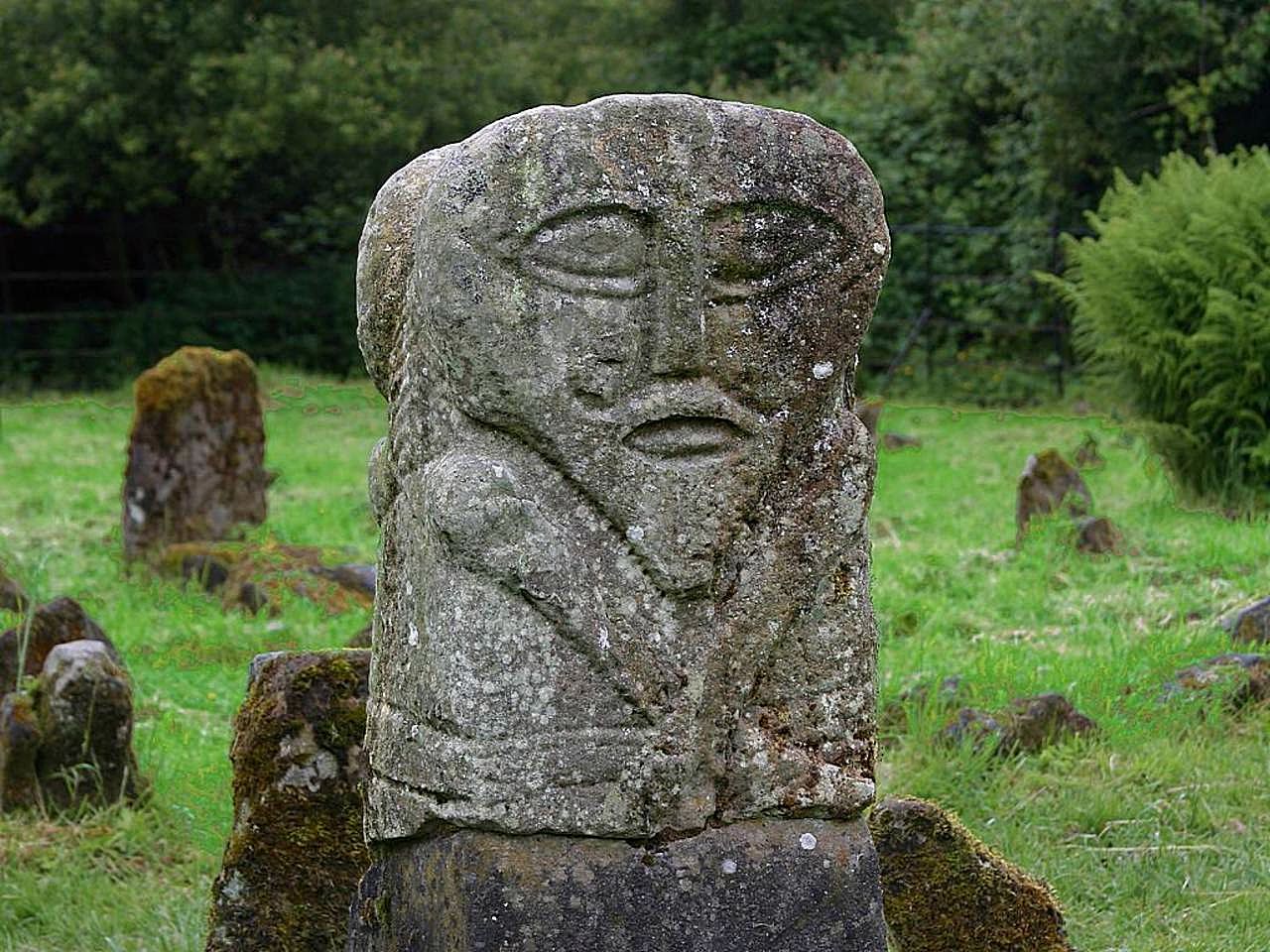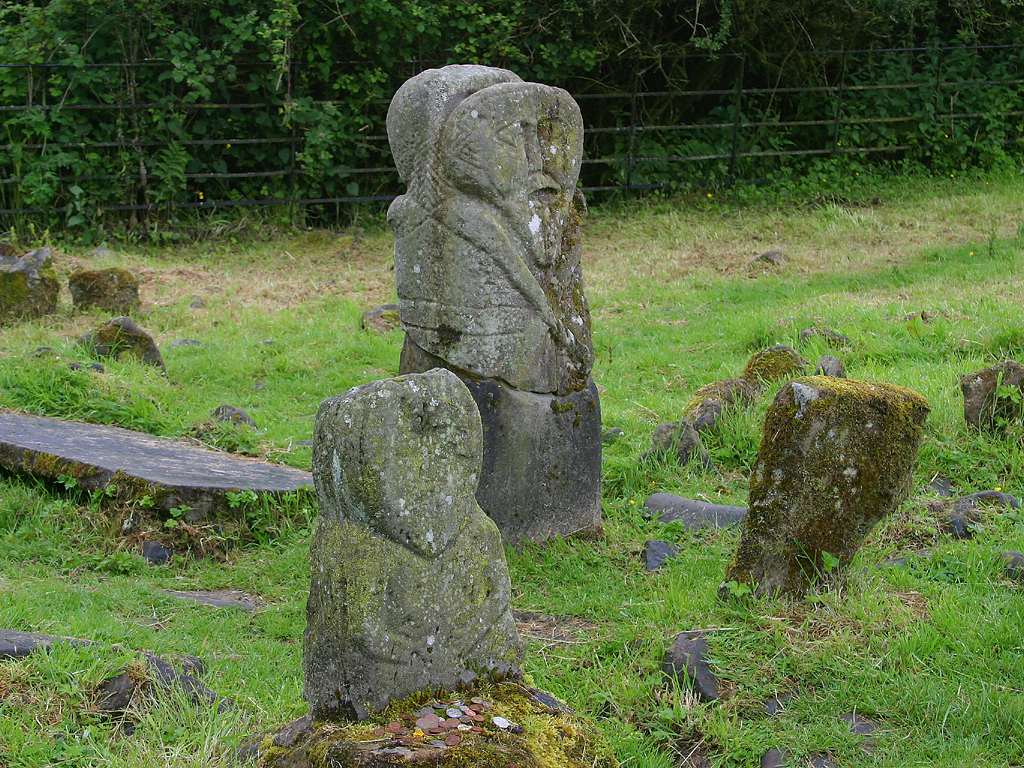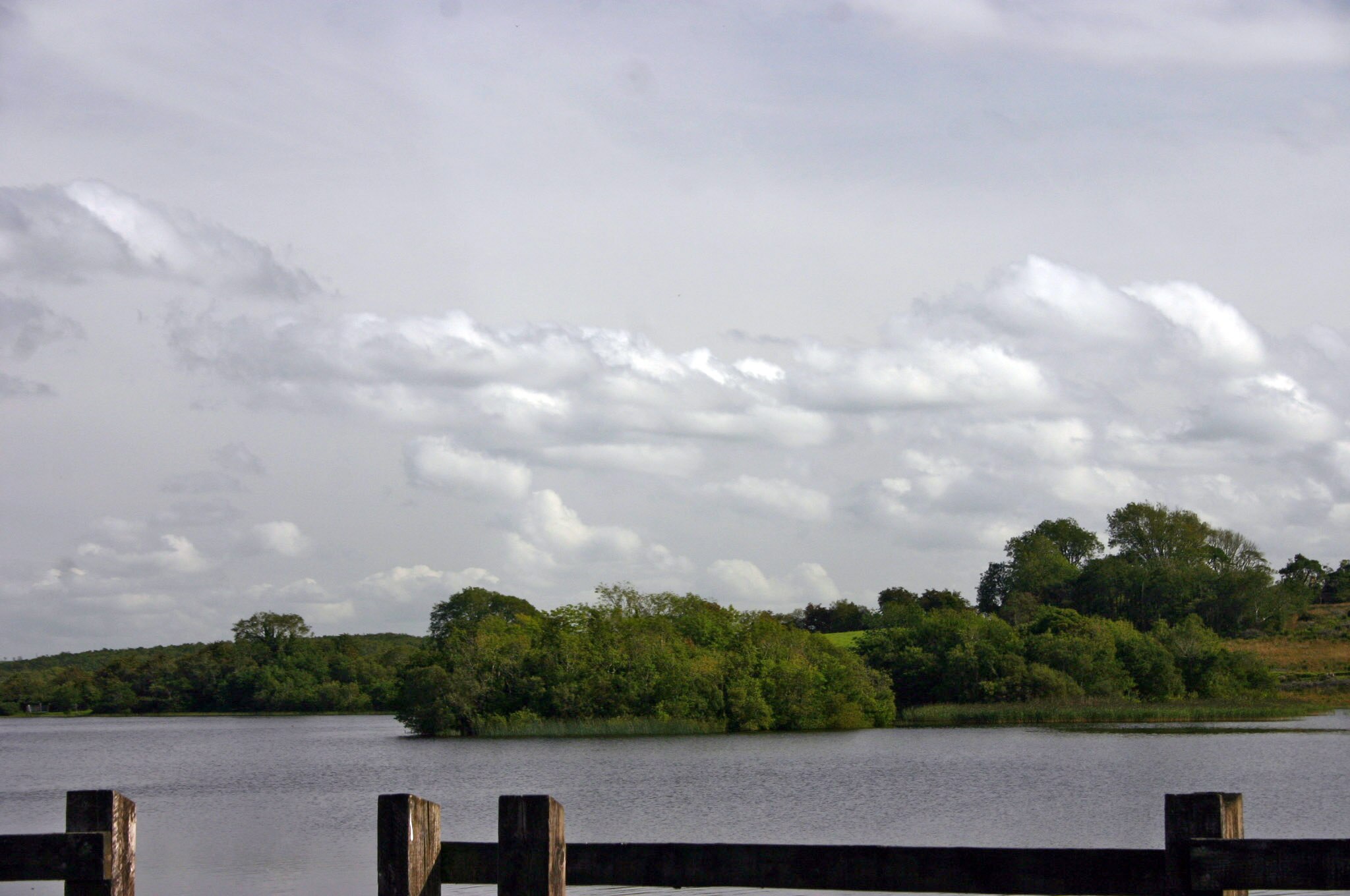Unearthing the Mysteries of Boa Island Figures
Nestled in the picturesque waters of Lough Erne in County Fermanagh, Northern Ireland, lies Boa Island, a small but historically significant landmass. Despite its modest size, Boa Island harbors one of Ireland’s most enigmatic archaeological treasures: the Boa Island figures. These ancient stone carvings have fascinated historians, archaeologists, and tourists alike, weaving a rich tapestry of history, mythology, and mystery.
The Discovery and Initial Findings
The Boa Island figures were first formally documented in the early 19th century, but their origins are believed to stretch back over a millennium, dating possibly to the early Christian period or even earlier. These figures are situated in the Caldragh graveyard, a site steeped in historical and cultural significance.
The graveyard itself is an early Christian site, indicating that it was a place of importance long before the figures were carved. The enigmatic carvings in the graveyard consist of two primary figures: the Janus figure and the Lustymore figure.
The Janus Figure
The most iconic of the Boa Island figures is the Janus figure, named after the Roman god of beginnings, transitions, and duality, who is typically depicted with two faces. True to its name, the Janus figure on Boa Island features two faces back-to-back, though it is uncertain whether the inspiration was indeed Roman or if this resemblance is coincidental. Each face has its distinct characteristics, yet both share a hauntingly serene expression.
One theory suggests that these dual faces may symbolize a guardian presence, watching over both the living and the dead. Another interpretation is that the Janus figure could represent a fusion of male and female elements, indicative of a dualistic nature of ancient deities or spirits worshiped by the early inhabitants of the region.
The Lustymore Figure
The Lustymore figure, originally discovered on the nearby Lustymore Island and later moved to Boa Island for preservation, adds another layer of intrigue. Unlike the Janus figure, the Lustymore figure is a single-faced carving, displaying a more abstract and less detailed visage. It is less clear what this figure represents, but its presence alongside the Janus figure suggests a shared cultural or spiritual significance.
Cultural and Historical Significance
The true purpose and meaning behind the Boa Island figures remain shrouded in mystery, leading to various interpretations and theories. Some experts believe these figures are remnants of an ancient pagan worship practice, possibly related to local deities or spirits. Others propose that the figures may have served a more secular purpose, perhaps as grave markers or territorial boundary stones.
The dual-faced Janus figure, in particular, has been the subject of much scholarly debate. Some historians argue that it represents a local adaptation of Roman iconography, while others suggest it could be an entirely indigenous creation reflecting the unique spiritual beliefs of the early Irish people.
Preservation and Legacy
Today, the Boa Island figures stand as a testament to Ireland’s rich and multifaceted history. They attract numerous visitors each year, from casual tourists to dedicated historians and archaeologists, all eager to catch a glimpse of these ancient stone sentinels.
Efforts have been made to preserve and protect these invaluable artifacts. The figures are now under the care of the Environment and Heritage Service of Northern Ireland, ensuring that they remain intact for future generations to study and appreciate.
Conclusion
The Boa Island figures are more than just stone carvings; they are silent storytellers, whispering secrets of a bygone era. They invite us to ponder the beliefs, customs, and artistic expressions of the people who once inhabited the lush landscapes of Northern Ireland. While many questions remain unanswered, the allure of these enigmatic figures continues to captivate and inspire, reminding us of the deep connections we share with our ancient past.
Whether you are a history enthusiast, an archaeology buff, or simply a curious traveler, a visit to Boa Island offers a unique opportunity to step back in time and explore the enduring mysteries of the ancient world.
Boa Island on lough Erne - Images

The Janus Figure on Boa Island

The Boa Island figure and the Lustymore Island figure

The East End of Boat Island on lough Erne